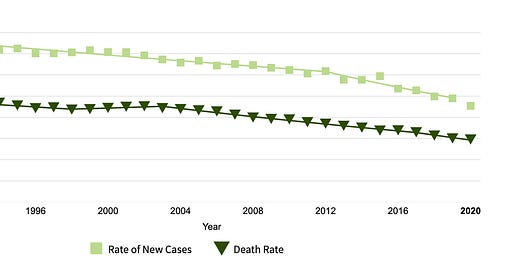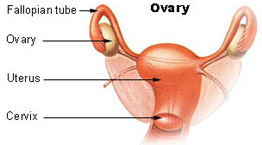This essay discusses general statistics about ovarian cancer and the anatomy of the ovary and fallopian tubes. Future essays will discuss how ovarian cancer arises and different types of ovarian cancer.
The American Cancer Society projects that in 2023, there will be 13,270 deaths from ovarian cancer in the U.S., making it the #5 cause of death for women after lung cancer (59,910), breast cancer (43,170), colorectal cancer (24,080) and pancreatic cancer (23,930). For both men and women, ovarian cancer is #13 in cancer deaths:
Projected cancer deaths in 2023
Lung 127,070
Colorectum 52,550
Pancreas 50,550
Breast 43,700
Prostate 34,700
Liver & intrahepatic bile duct 29,380
Leukemia 23,710
Non-Hodgkin lymphoma 21,080
Central nervous system 18,990
Bladder 16,710
Esophagus 16,120
Kidney 14,890
Ovary 13,270

A woman’s lifetime chance of dying from ovarian cancer is about 1 in 130. The 5 year survival for ovarian cancer is 50.8%:
Relative survival is an estimate of the percentage of patients who would be expected to survive the effects of their cancer. It excludes the risk of dying from other causes. Because survival statistics are based on large groups of people, they cannot be used to predict exactly what will happen to an individual patient. No two patients are entirely alike, and treatment and responses to treatment can vary greatly. National Cancer Institute
Anatomy and Histology of Ovary and Fallopian Tubes
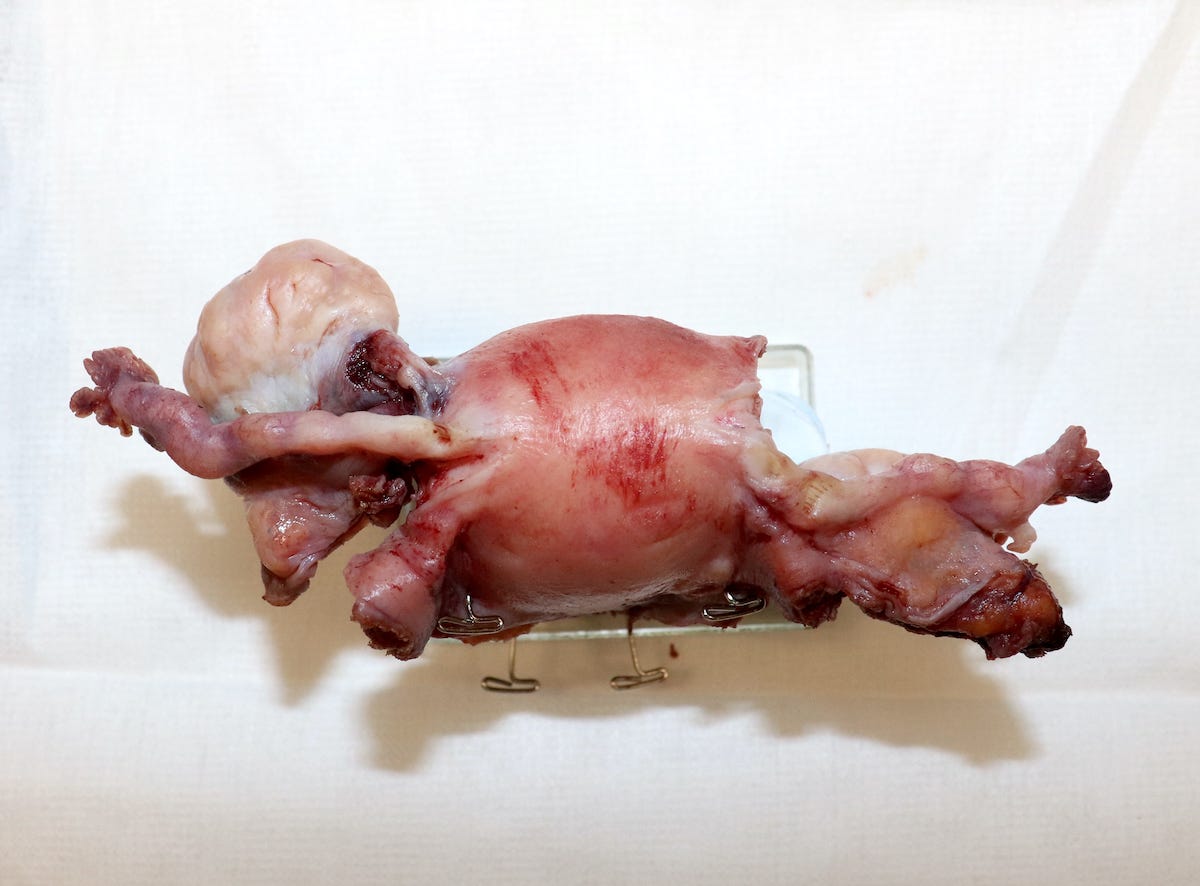
Ovaries are essential to the fertility and cycling of reproductive activity in women and girls by controlling the development of the dominant follicle (which contains the developing ovum or egg) and producing estrogen and progesterone hormones.
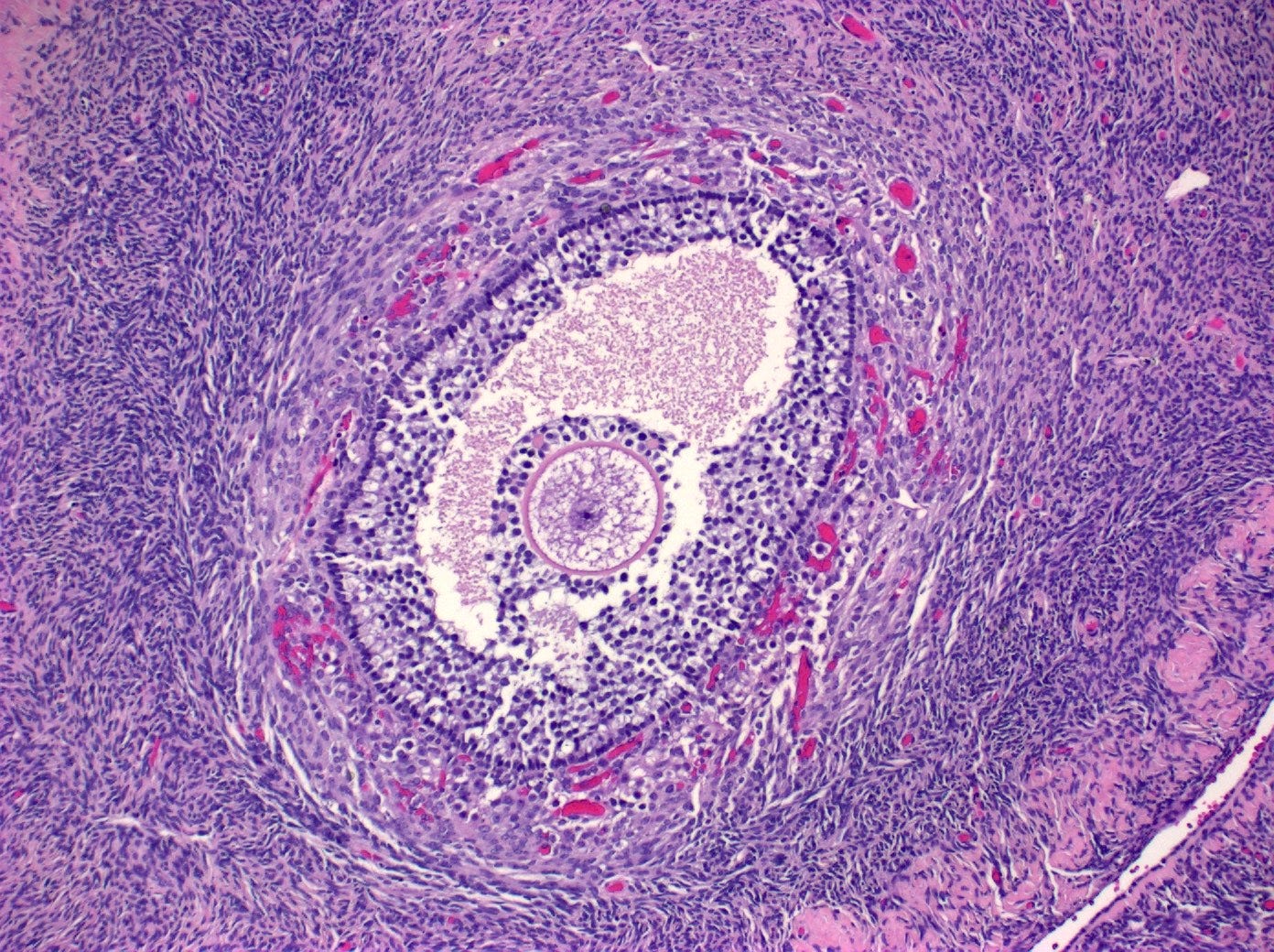
The fallopian tubes are hollow, tubular structures, bilateral, 8 - 12 cm long and 0.5 - 1.2 cm in diameter that extend from the posterior of the uterus laterally towards the ovaries.
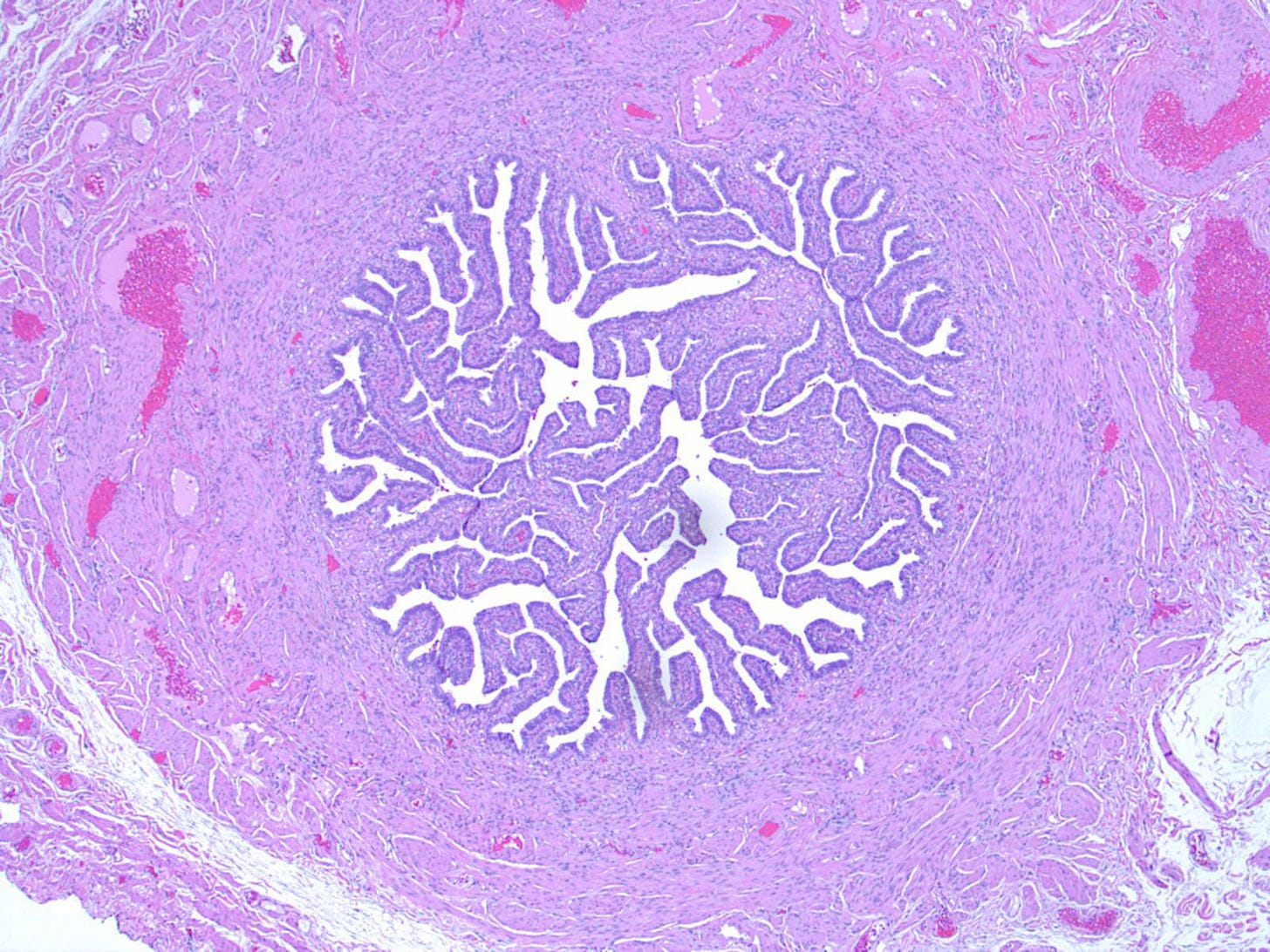
Most ovarian cancers are epithelial, but most testicular tumors derive from germ cells or sex cord stroma. Many ovarian cancers arise, in fact, from the fallopian tubes or the uterus, not from the ovaries themselves, as will be discussed in a future essay.
Index to Nat's blog on cancer and medicine
If you like these free essays, please share them with others.
Follow me on Substack or LinkedIn or through our Curing Cancer Newsletter (all are free). I have another blog on politics and abortion rights
Follow our Curing Cancer Network on LinkedIn and Twitter to view interesting images of cancer diagnoses, cancer essays and other cancer news.
Latest versions of our cancer essays:
American Code Against Cancer (how you can prevent cancer)
Email me at Nat@PathologyOutlines.com - Unfortunately, I cannot provide medical advice.
I also publish Notes at https://substack.com/note. Subscribers will automatically see my notes.
Other social media - Tribel: @nat385440b, Threads: npernickmich

